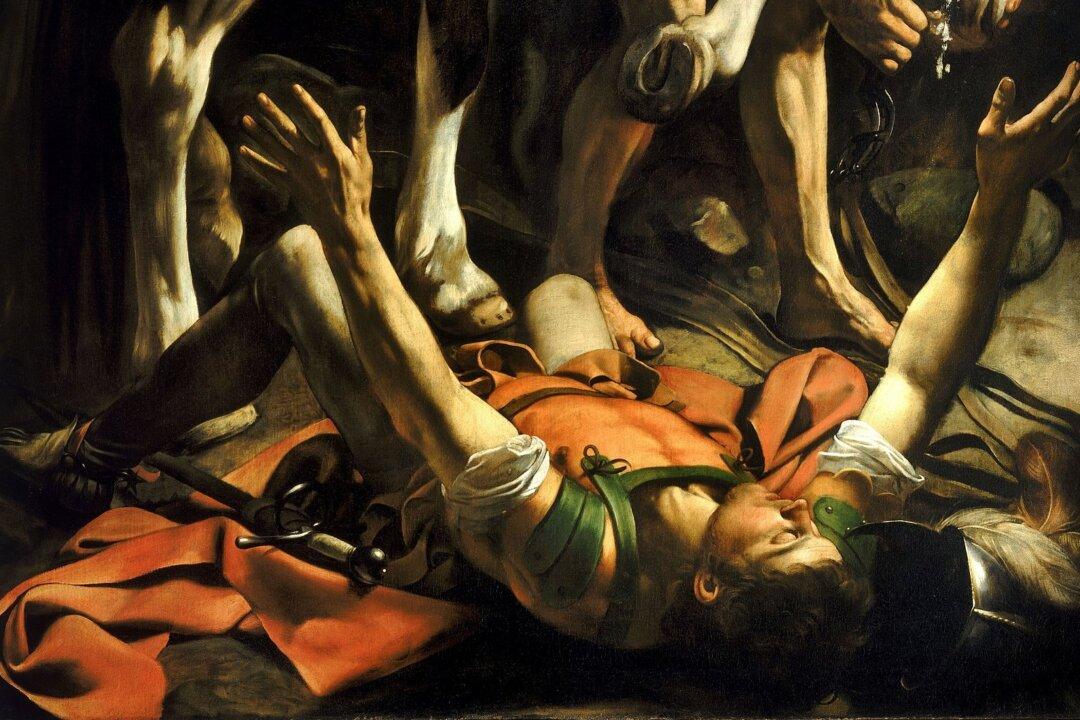“Beauty,” philosopher Roger Scruton once wrote in a book with that title, “is vanishing from our world because we live as if it did not matter.”
One can easily make a case for Scruton’s assertion. If, for example, we look at so many of the public buildings erected in the last hundred years, we find that the philosophy of function over form predominates, giving us the glass and metal structures ranging from the ubiquitous McDonald’s golden arches to the high rises in our major cities, all built with an eye toward purpose but too often lacking any iota of charm.






